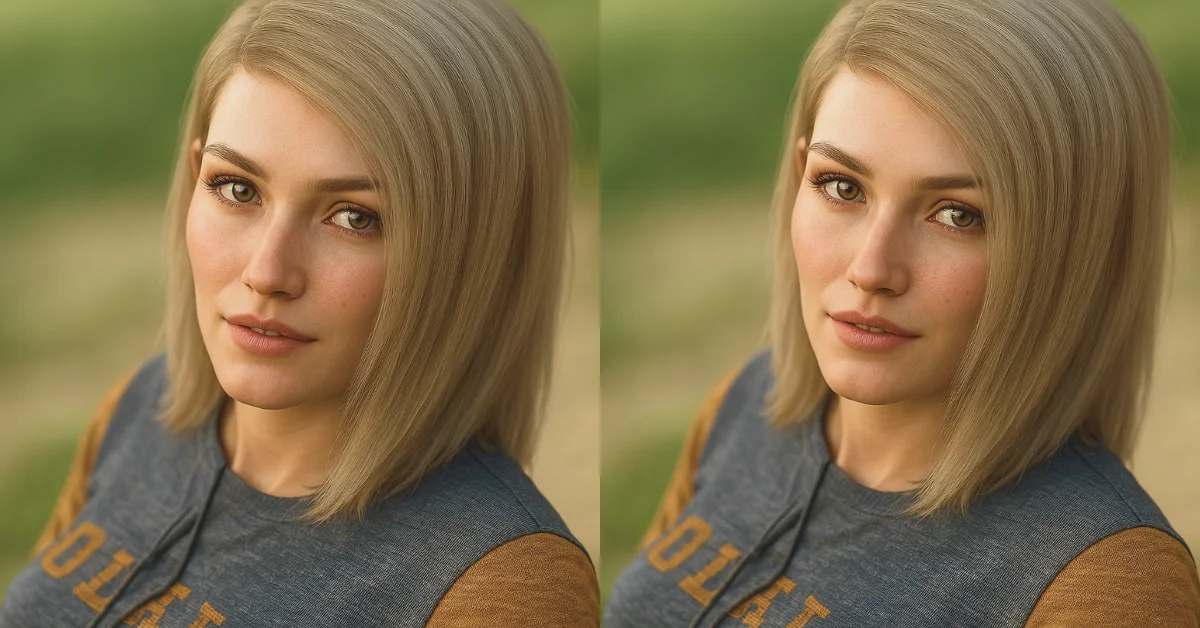Introduction: Mastering Fabric Simulation with ECVH0 DForce
Are you ready to elevate your Daz Studio projects with lifelike fabric movements? The ECVH0 DForce Master is your go-to solution for transforming static garments into flowing, realistic cloth. Whether you’re new to dynamic cloth or looking to integrate Poser Cloth into Daz Studio, this guide will show you how to simulate older clothing assets with ease and precision.
What is Poser Cloth?
Understanding Poser Cloth
- Originally designed for Poser software
- Known for dynamic mesh structures
- Enables natural draping, folding, and movement
Why Use Poser Cloth in Daz Studio?
- Adds realism to 3D renders
- Expands your wardrobe options
- Compatible with Genesis figures using dForce
- Requires minimal conversion effort
Step-by-Step: How to Use Poser Cloth with ECVH0 DForce Master
1. Set Up Your Scene
- Load Genesis 8 Female into Daz Studio
- Add a floor or environment set for collision
2. Import Poser Cloth Items
- Locate Angeloi – the Outfit in your Poser directory
- Add the over-sleeves and over-skirt to your scene
3. Parent the Clothing
- Parent both cloth items to the Chest Upper of your figure
4. Pose Your Figure
- Go to Frame 0 in the timeline
- Apply a T-pose using a compatible pose pack or converter
5. Extend Your Timeline
- Set total frames to 51 (or more depending on your needs)
6. Animate to Final Pose
- At Frame 15, apply your character’s final pose
7. Simulate Cloth
- Open the Parameters tab
- Enable collision settings
- Click Simulate and observe cloth behavior
Troubleshooting Common Issues
Cloth Not Draping Correctly
- Check that collision objects are correctly assigned
Fabric Stretching or Tearing
- Increase mesh resolution
- Adjust scale of the cloth asset
Clipping Issues
- Lower the simulation time step for increased accuracy
General Simulation Errors
- Try restarting Daz Studio to reset any glitches
Tips & Tricks for Realistic Cloth Simulations
- Adjust Fabric Properties: Weight, stiffness, and friction define realism
- Use Collision Objects Wisely: Prevents clipping and enhances realism
- Add Wind Effects: Subtle breezes add dynamic movement
- Fine-Tune Gravity: Customize draping for light vs heavy materials
- Preview Before Final Render: Saves time and ensures quality
Advanced Techniques for Power Users
- Layer Multiple Cloth Items: Combine weights and textures for complexity
- Apply Weight Maps: Fine-tune behavior across different cloth zones
- Customize Collision Settings: Optimize interaction with scene props
- Use Morphs for Dynamic Posing: Add realism to animated characters
Conclusion: Take Your Simulations to the Next Level
Incorporating Poser Cloth with ECVH0 DForce Master can dramatically improve the realism of your Daz Studio scenes. Whether you’re just starting out or an experienced artist, this technique offers new dimensions of creative freedom. Experiment, refine, and push the limits of cloth simulation to produce stunning, lifelike renders.
FAQs
Can I use any Poser clothing in Daz Studio with dForce?
Yes, but results may vary. Items with good topology and no rigid elements simulate best.
What’s the purpose of the T-pose in frame 0?
The T-pose helps the cloth initialize in a neutral position before draping over the figure.
How many frames should I use for a smooth simulation?
Typically, 51–100 frames provide enough time for accurate cloth behavior.
My cloth falls through the character—what’s wrong?
Check that collision settings are enabled for both the figure and the cloth.
Can I animate while using Poser Cloth and dForce?
Absolutely! Use timeline animation to set up movement and dynamic cloth response.

